The History of recording sound and music from the phonautograph to the iPhone.
1857 – The Phonautograph
On March 25, 1857, a French inventor named Eduard-Leon Scott de Martinville was the first to patent a device that could record sound called the phonautograph. The device used a cone-shaped speaking horn to capture the sound. The vibrations would then move a flexible diaphragm on the small end of the cone resulting in squiggly lines that were recorded on paper covered in black soot. Though the device was able to record sound, it could not play it back.

1860 – First Recording
The oldest known intelligible human voice recording was made using a phonautograph and was unplayable for over a century. The recording (below) is a voice singing an 18th century French folk song called “Au clair de la lune.”
1877 – The Paleophone
A French poet and inventor named Charles Cros came up with the concept of the paleophone which was designed to reproduce sounds from the earlier line tracings. He published the idea in October of 1877 but did not have the funds to build a working model.
Around the same time, Thomas Edison was working on a very similar concept and patented the phonograph in January of the following year. The device was first able to capture sound on tinfoil that was wrapped around a spinning cylinder. It used a separate needle for playback.
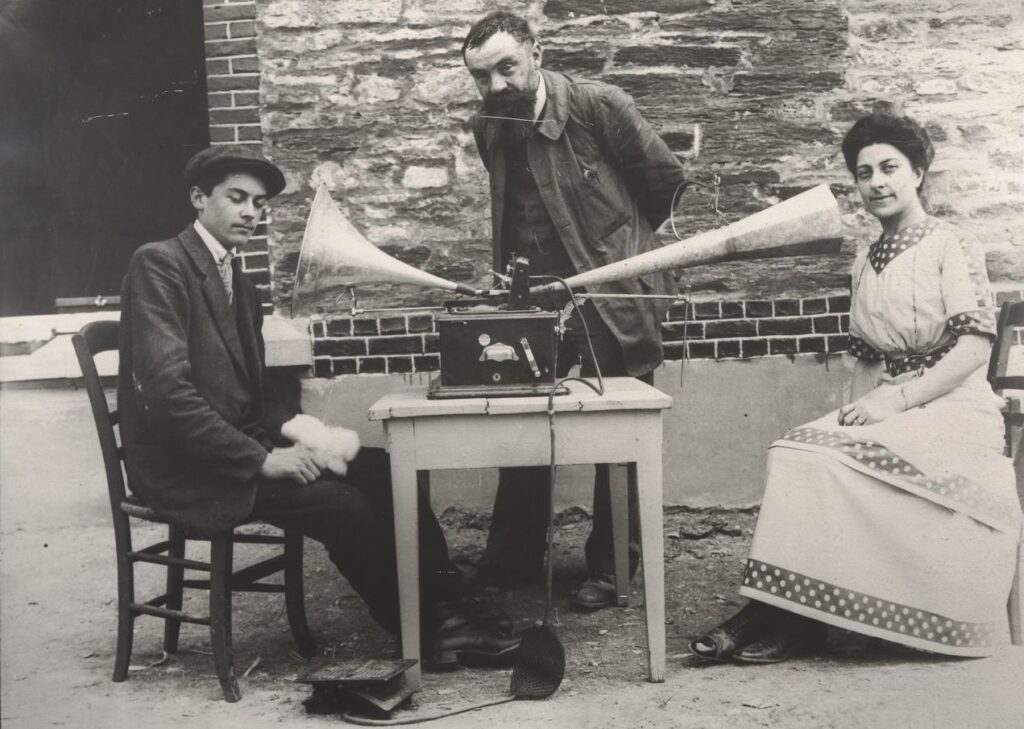
In the same year, a German-born inventor named Emile Berliner invented the microphone while working with Edison. The carbon microphone technology was later used for Alexander Graham Bell’s telephone which was patented the year prior. Berliner was issued a patent in 1880.
1887 – The Gramophone
Emile Berliner submitted a patent for the gramophone which, unlike the phonograph, could playback multiple times without a loss in sound quality. Though it played bulky cylinders at first, it went on to use flat disks. The device was invented in Alexander Graham Bell’s laboratory by making a number of improvements to Edison’s phonograph.

1888 – Flat disc Record
Berliner invented the flat disc record which replaced the previously used cylinders. The discs were originally made from vulcanized rubber but Berliner later found that a mixture of shellac and slate dust made for a better material.
1889 – Birth of the Record Industry
On January 15th, the Columbia Phonograph Company (Columbia Records) was founded by Eduard D. Easton. The record label evolved from the American Gramophone Company and is now owned by Sony. In 1901 the company began selling disc records along with the original cylinders.

1901 – Victor Talking Machine Company
The Victor Talking Machine Company founded was founded in 1901 by Eldridch R. Johnson and Emile Berliner and was a prestigious American recording company that also produced phonographs. In 1929, the company was acquired by RCA (Radio Corporation of America).

1904 – First Recording SuperStars
Shortly after companies gained the ability to mass produce records the first recording superstars began to appear. The first of which was Enrico Caruso, an Italian opera singer who recorded under the Gramophone Company. Caruso would eventually make over one million pounds from royalties.
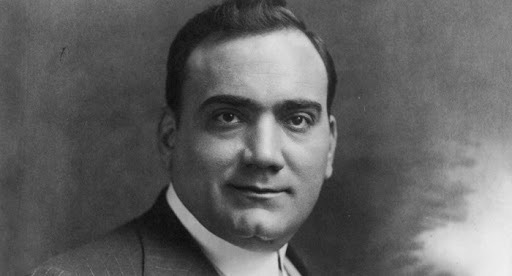
1917 – First Jazz Recordings
Though they were not the first jazz band, The Original Dixieland Jazz Band is responsible for the first jazz recordings. The band was made up of a diverse group of five musicians. Their album “Livery Stable Blues” was the first jazz record.
1925 – Electrical Sound Recordings
Scientists at Bell Labs made the first electrical recordings. With the introduction of electrical recordings major labels were able to begin using microphones during recording sessions. These recordings resulted in clearer tones.
1928 – Magnetic Tapes
Magnetic tapes were developed in Germany by Fritz Pfleumer. By 1935 this style of sound recording would become the industry standard for studios.
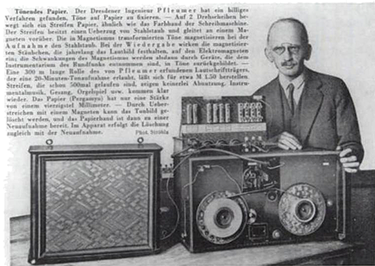
1931 – Binaural Sound (Stereo)
Binaural or stereophonic sound was developed by an English electronics engineer named Alan Blumlein. Blumlein came up with the idea during a night out at the cinema with his wife. He was frustrated that all of the sound came from one speaker in the corner of the room and he wished it would follow the characters across the screen as they were speaking. The advancements Blumlein made in sound are used widely today and are how we now experience most cinema and music. Fantasia by Walt Disney was the first commercial film to use the technology.
1940 – Multitrack Recording
Through his experimentation, technician and guitarist Les Paul developed 4 and 8 track recordings. Though the technology was still in its early stages, it would allow musicians to record vocals or instruments separately instead of recording everything at once. Major studios began to use the technology in the late 60’s and some of the first bands to release albums using this method were The Beatles and The Rolling Stones.

1948 – Vinyl
Columbia Records introduced the vinyl record in 1948 and other major American labels started following suit though production of shellac records was still ongoing. Records made from shellac had a lower quality sound and shellac supplies became limited during and after WWII. In America, the War Production Board (under President Franklin Roosevelt) demanded that phonograph record production be cut by 70 percent to save shellac.
1953 – Commercial 8-Track Tape Machines
As Les Paul continued to experiment, he commissioned Ampex to build an 8-track reel-to-reel and commercial multitrack recorders were then released by Ampex in 1955. They called the process “Sel-Sync” or selective synchronous recording.

1964 – Cassette Tape
The cassette was introduced by Philips and began to dominate the market about a decade later. The portable compact technology changed the music listening experience and vehicles became equipped with 8-Tracks and cassette players. People could now listen to albums on the go.
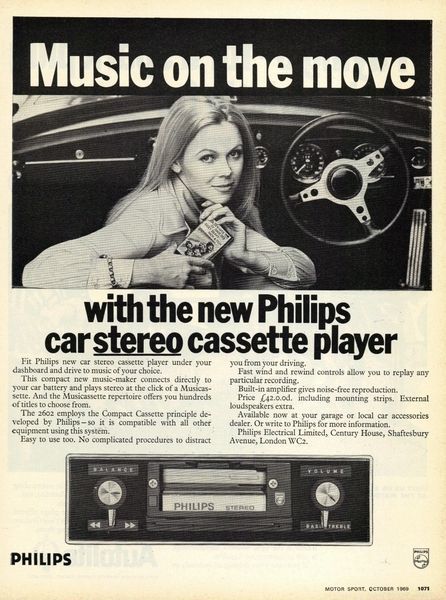
1964 – No More Shellac
Commercial production of shellac came to a halt as vinyl became the industry standard across the world.
1976 – First Commercial Digital Recordings
American scientist and Soundstream founder Thomas Stockham was the first to make a digital recording. The company used a 16-track Honeywell tape recorder to create a 16-bit digital audio recording system. The first commercial recording was made at the Santa Fe Opera in 1976 using Stockham’s own Soundstream recorder.

1977 – First DAW (Digital Audio Workstation)
Soundstream is credited with creating the first DAW with the development of their digital editing system. Eventually SoundTools (the precursor to ProTools) would be released in 1989.

1979 – Ry Cooder (First Digital Album)
Ry Cooder’s 1979 album Bop ‘Til You Drop was the first popular all-digitally recorded album. It was around this time that digital sound recording became the industry standard.
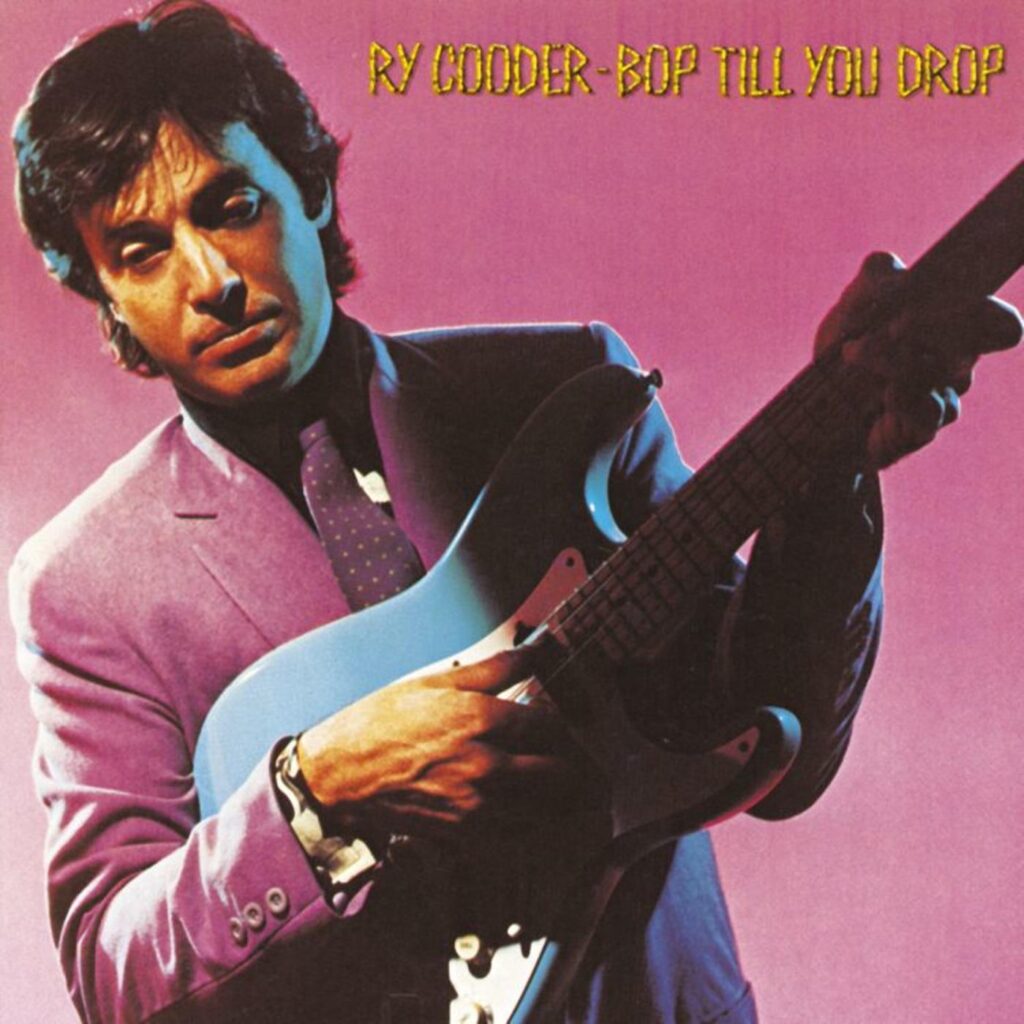
1982 – The CD
Philips and Sony teamed up to make the compact-disc which was introduced in Japan in 1982 and then in Europe and America in 1983. The jointly-developed technology advertised a pure sound with no background noise along with a plastic coating to protect from dust and fingerprints.

1998 – The MP3
The first commercially released MP3 player was the MPMan F10. The device was manufactured in Korea by Saehan Information Systems and could hold up to eight songs. In December of the same year, the Diamond Multimedia Rio PMP300 was released (which many wrongly believe was the first MP3 player). MP3’s did not stay in fashion long as Apple released the first iPod in 2001. The iPod’s popularity grew rapidly following Apple’s decision to allow Windows PC owners to be compatible with the device.

1999 – Napster
Napster came along on June 1, 1999 and was designed for peer-to-peer file sharing as well as digital audio file distribution. The technology quickly became problematic and in 2001 Napster was forced to cease operations following a number of lawsuits. In June, 2002 the company filed for bankruptcy.
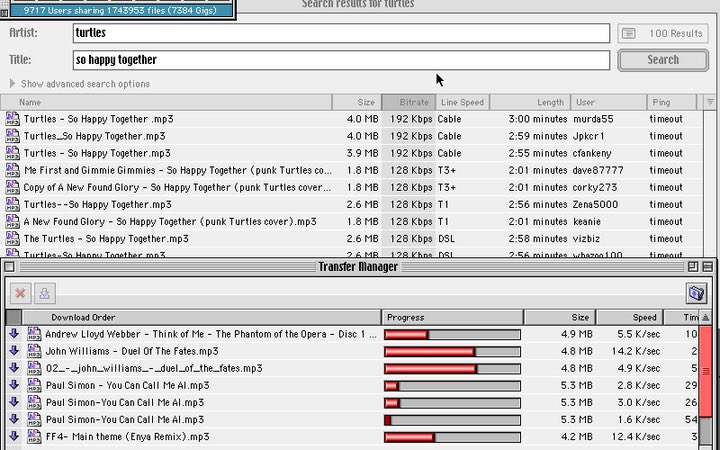
2000’s…
Now, in 2022, we are amazingly able to record relatively good quality sound from the technology in our pocket. Capturing sound has never been so easy and today musicians can record a full length album from their bedroom.
Even with the ease and clarity of modern recording practices some musicians have reverted back to older techniques such as using tape which can add natural compression/saturation or “warmth” to recordings.
The standard for recording sound is now of course, digital, and it is hard to imagine that changing any time in the near future.
